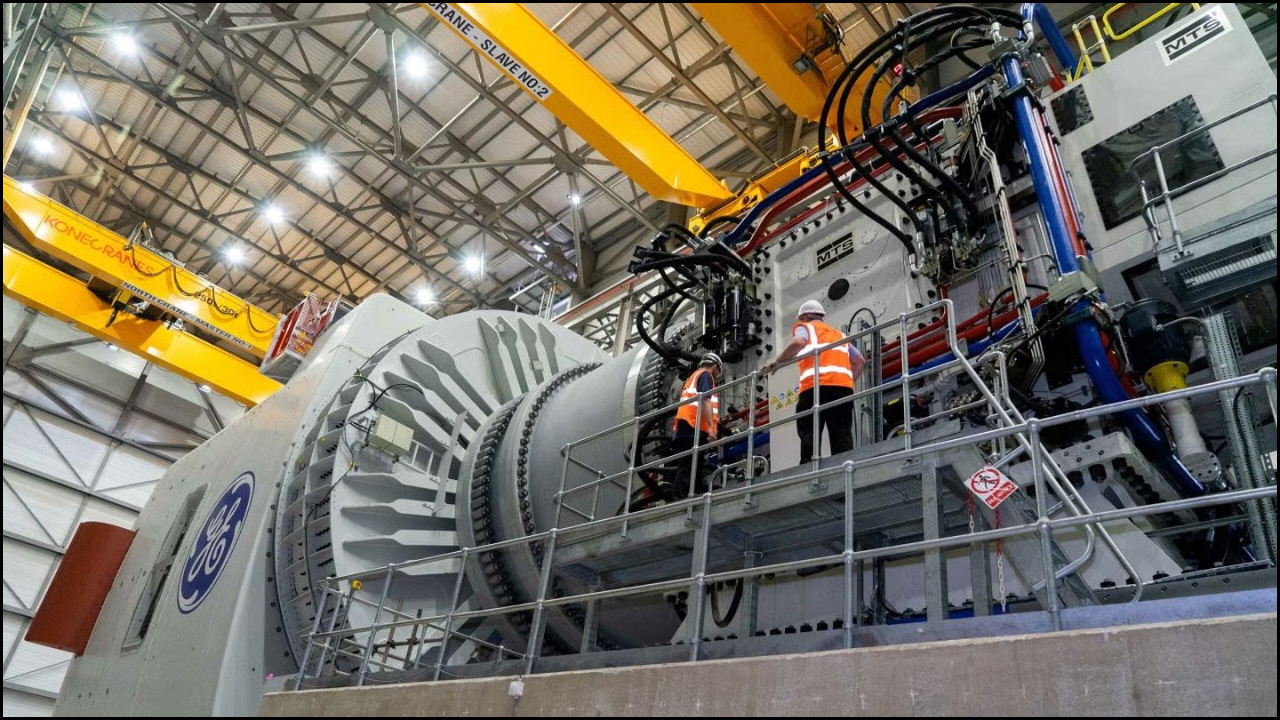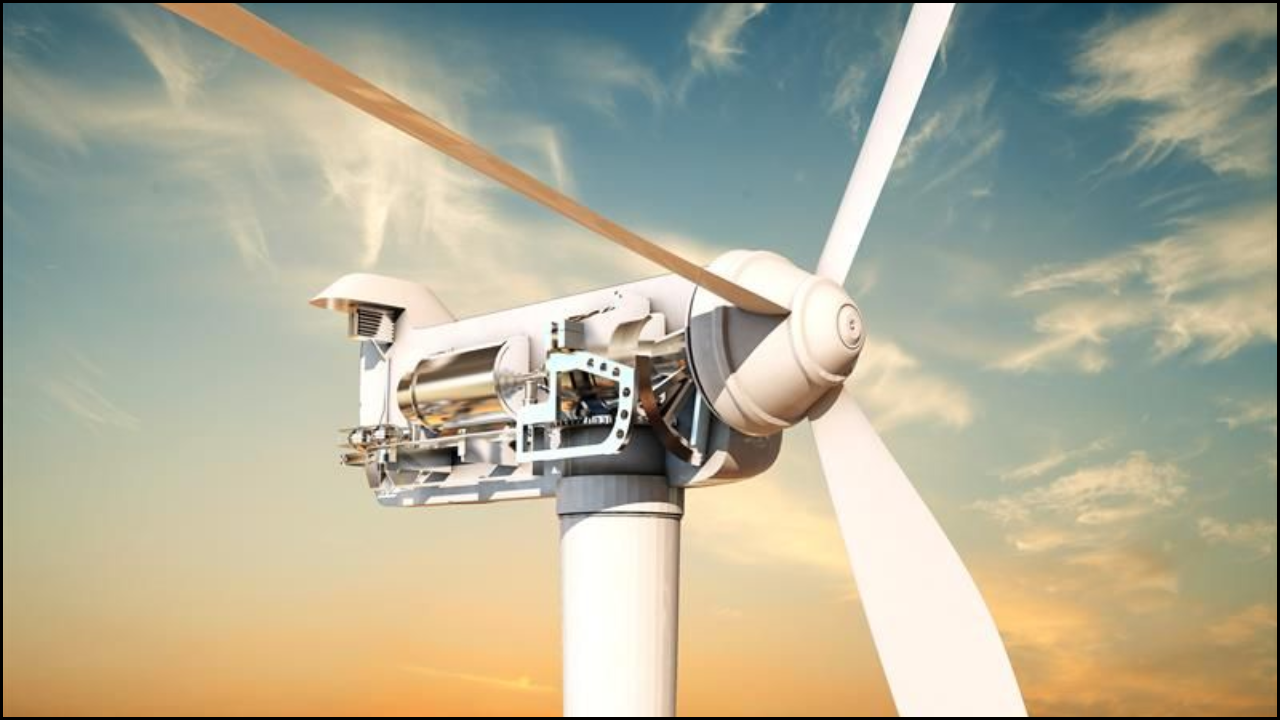
Offshore renewable energy plays an increasingly vital role in the global transition to sustainable power. As coastal regions face the growing threats of climate change, sea-level rise, and extreme weather events, offshore energy systems are becoming essential not only for clean energy production but also for strengthening coastal infrastructure resilience. The development of offshore wind, tidal, and wave energy projects supports energy security, reduces carbon emissions, and offers new ways to protect coastal communities. Integrating offshore renewable energy with coastal defense strategies enhances sustainability, stability, and long-term environmental balance.
Table of Contents
Concept of Coastal Infrastructure Resilience
Coastal infrastructure resilience refers to the ability of coastal regions and systems to withstand and recover from environmental, climatic, and structural challenges. Offshore renewable energy can contribute significantly to this resilience.
- Offshore installations act as barriers against wave force and coastal erosion.
- Localized energy generation ensures power supply continuity during storms or disruptions.
- Sustainable marine construction techniques strengthen underwater foundations and shorelines.
- Diversified energy systems reduce dependency on vulnerable onshore power grids.
- Integration with smart grid networks improves real-time disaster response.
Role of Offshore Renewable Energy in Strengthening Coastal Resilience
The connection between offshore renewable energy and coastal resilience extends beyond electricity generation. It creates an ecosystem of protection, sustainability, and innovation.
- Offshore wind farms stabilize local economies by providing renewable energy and job opportunities.
- Tidal and wave energy systems harness predictable marine forces to support energy reliability.
- Floating platforms can adapt to rising sea levels, ensuring continuity in extreme weather.
- Hybrid offshore systems combine solar, wind, and tidal energy to maintain a constant supply.
- Coastal energy hubs can double as observation points for climate and ocean monitoring.
Key Types of Offshore Renewable Energy Systems
| Type | Energy Source | Contribution to Coastal Resilience | Notable Example |
|---|---|---|---|
| Offshore Wind Energy | Wind over ocean surfaces | Reduces reliance on fossil fuels and supports energy stability | Hornsea Wind Farm (UK) |
| Tidal Energy | Ocean tides and currents | Provides predictable and consistent energy | MeyGen Tidal Project (Scotland) |
| Wave Energy | Surface wave motion | Acts as a natural buffer, reducing wave impact on coasts | Mutriku Wave Plant (Spain) |
| Floating Solar Farms | Solar radiation on floating platforms | Supplies power to coastal areas without land use conflict | Shandong Floating Solar Project (China) |
| Hybrid Offshore Systems | Combination of wind, wave, and solar | Ensures energy balance and infrastructure sustainability | European Offshore Renewable Integration Projects |
Benefits of Offshore Renewable Energy for Coastal Infrastructure
Integrating offshore renewable energy systems with coastal planning delivers multiple environmental, economic, and structural benefits.
| Benefit | Description |
|---|---|
| Climate Adaptation | Offshore structures can be designed to withstand floods and storms, reducing coastal damage. |
| Energy Security | Decentralized power generation ensures a continuous energy supply during natural disasters. |
| Economic Stability | Investment in offshore energy creates coastal jobs and promotes local development. |
| Ecosystem Protection | Artificial reefs formed around turbines support marine biodiversity. |
| Reduced Erosion | Offshore installations break wave energy, minimizing shoreline erosion. |
| Smart Infrastructure Development | Integration with digital monitoring systems enhances coastal protection efficiency. |
Challenges in Linking Offshore Energy and Coastal Resilience
Despite its advantages, combining offshore renewable energy with coastal protection involves several technical, financial, and environmental challenges.
| Challenge | Explanation | Possible Solution |
|---|---|---|
| High Installation Costs | Offshore construction and grid connection are expensive | Government incentives and shared infrastructure models |
| Environmental Concerns | Turbine noise and construction affect marine species | Adoption of eco-friendly building materials and quiet installation methods |
| Grid Integration Issues | Transmitting power to shore requires advanced cable systems | Implementation of smart grids and high-voltage DC links |
| Climate Variability | Extreme weather affects equipment durability | Development of resilient and flexible floating platforms |
| Policy and Regulation | Lack of unified offshore development policies | Harmonized international regulatory frameworks |
| Maintenance Complexity | Offshore operations are costly and logistically difficult | Use of robotics and AI-driven inspection technologies |
Role of Technology in Enhancing Coastal Resilience
Technological innovation strengthens the connection between offshore renewable energy and coastal infrastructure.
- Digital Twin Technology – Simulates environmental stress and predicts maintenance needs.
- AI-Powered Monitoring – Detects faults and predicts storm impacts on energy systems.
- Smart Grid Integration – Balances energy flow and supports rapid recovery after outages.
- Autonomous Robots – Conduct underwater inspections and repairs efficiently.
- Resilient Design Engineering – Improves platform stability and corrosion resistance.
Environmental Implications and Benefits
Properly designed offshore renewable systems can complement marine conservation and coastal protection efforts.
- Artificial reefs around turbines promote coral and fish habitats.
- Reduced carbon emissions contribute to ocean health and climate balance.
- Wave and tidal barriers reduce coastal flooding in vulnerable regions.
- Offshore renewable projects encourage sustainable marine spatial planning.
- Data from sensors supports environmental impact assessment and adaptation strategies.
Case Studies Demonstrating Coastal Resilience through Offshore Energy
| Location | Project Name | Type of Energy | Resilience Contribution |
|---|---|---|---|
| United Kingdom | Hornsea Project | Offshore Wind | Provides consistent energy and boosts the coastal economy |
| Netherlands | Delta Works Integration | Wind and Tidal Hybrid | Combines flood protection with clean energy generation |
| Japan | Fukushima Floating Wind Farm | Floating Wind | Demonstrates post-disaster coastal resilience |
| Spain | Mutriku Wave Power Plant | Wave Energy | Serves as a coastal barrier and a renewable energy source |
| South Korea | Sihwa Lake Tidal Power Station | Tidal Energy | Reduces flood risks while generating electricity |
Integration with Coastal Defense and Urban Planning
Offshore renewable energy systems can be designed alongside coastal defense infrastructure.
- Offshore turbines and wave converters reduce storm surge energy before it reaches the shore.
- Floating energy platforms can be positioned near ports to provide backup power.
- Smart coastal grids can automatically reroute electricity during emergencies.
- Collaborative planning between engineers, ecologists, and policymakers ensures sustainable design.
Economic and Policy Dimensions
Developing resilient offshore energy systems requires supportive financial and policy frameworks.
| Dimension | Description | Implementation Strategy |
|---|---|---|
| Public-Private Partnerships | Shared investment between governments and industries | Encourages large-scale project development |
| Incentive Programs | Tax credits and grants for offshore energy | Attracts investors to coastal renewable sectors |
| International Collaboration | Cross-border sharing of data and technology | Strengthens global resilience initiatives |
| Community Engagement | Involving local populations in project planning | Builds social acceptance and awareness |
| Regulatory Harmonization | Unified global offshore energy policies | Simplifies licensing and operation processes |
Future Prospects for Offshore Renewable and Coastal Resilience
The future of offshore energy and coastal resilience lies in integration, innovation, and sustainability.
- Expansion of multi-use offshore platforms that combine energy generation with aquaculture and research facilities.
- Development of floating hybrid energy parks resilient to rising sea levels.
- Use of biodegradable materials in offshore structures to protect marine life.
- Enhanced AI-driven coastal prediction systems for real-time disaster management.
- Growth of international coastal energy corridors for shared grid connectivity.
Comparison Between Conventional Coastal Protection and Offshore Renewable Integration
| Aspect | Conventional Coastal Protection | Offshore Renewable Integration |
|---|---|---|
| Primary Purpose | Flood and erosion control | Energy generation with resilience benefits |
| Environmental Impact | Can disrupt natural habitats | Promotes marine biodiversity |
| Economic Benefit | Limited to infrastructure protection | Adds energy production and job creation |
| Adaptability | Rigid and fixed | Flexible and scalable with floating systems |
| Maintenance Needs | High physical maintenance | Automated monitoring and predictive repair systems |
| Sustainability | Short-term mitigation | Long-term resilience and renewable contribution |
Closing Reflections
Offshore renewable energy serves as a foundation for building resilient coastal infrastructure capable of withstanding environmental and climatic challenges. By integrating offshore wind, tidal, and wave technologies with coastal defense strategies, nations can strengthen energy security and reduce vulnerability to disasters. Technological innovations, policy cooperation, and community participation are essential to achieve this synergy. The future of coastal resilience depends on harmonizing clean energy generation with adaptive infrastructure design, ensuring both sustainability and protection for generations to come.





